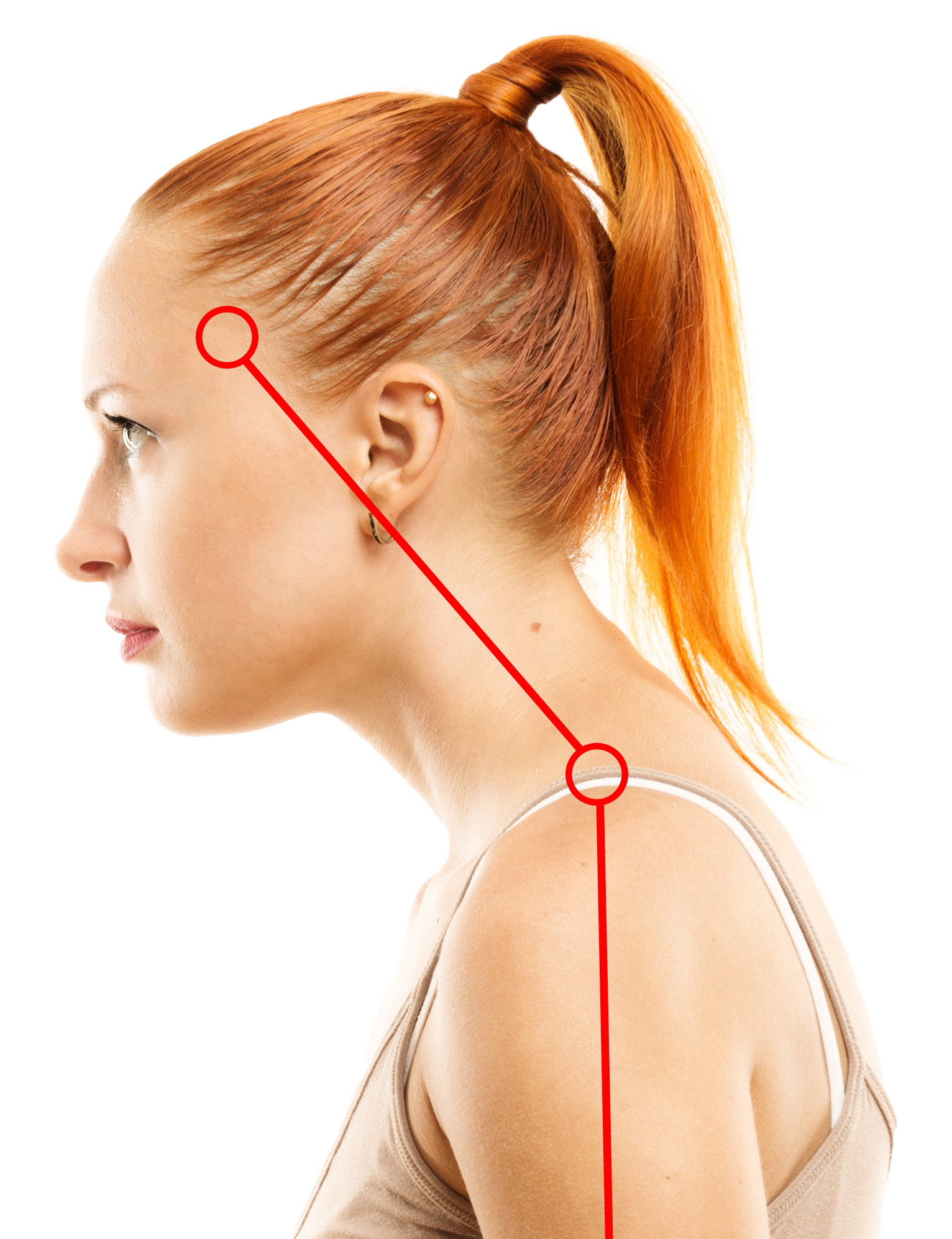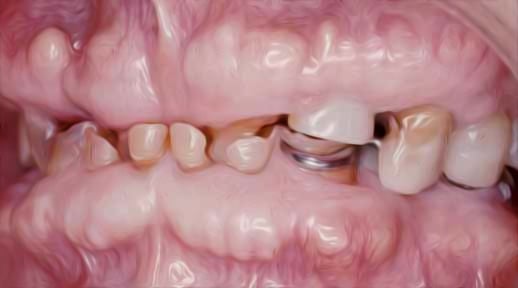
Why should dentistry focus on airway disorders?
Treating airway disorders is important because it is our primary physiologic function, we can’t go without air for very long! It takes about 3 minutes or so without air to start a cascade of events brought on by our automatic/autonomic nervous system to keep us alive. It’s the sympathetic response commonly known as the “fight or flight response” that kicks in to keep us alive. These responses include an increase in heart rate to get oxygen in the blood to all the organs in the body. The most important organ, being the brain, aka the command center, which will continue to keep us alive. Opening and keeping our airway open should be on the forefront of every Complete Exam.
When the airway is obstructed, we resort to mouth breathing.
 A compromised airway leads to compensations in posture, which most commonly occurs when we change from nasal breathing to mouth breathing. Nasal breathing has many physiologic benefits including filtering, warming and moistening of the air which prepares it for the lungs. Unfortunately, when we stop nasal breathing, it is usually due to congestion brought on by some sort of allergic reaction (i.e. dairy, pets or seasonal allergies).
A compromised airway leads to compensations in posture, which most commonly occurs when we change from nasal breathing to mouth breathing. Nasal breathing has many physiologic benefits including filtering, warming and moistening of the air which prepares it for the lungs. Unfortunately, when we stop nasal breathing, it is usually due to congestion brought on by some sort of allergic reaction (i.e. dairy, pets or seasonal allergies).
This in turn impacts our posture and diaphragm.
When we go into mouth breathing mode we usually go into a forward head posture with the mouth open and the tongue in the floor of the mouth. This also changes the full-body posture, leading to a hunched over position, chest constriction and the lack of diaphragmatic breathing. The lack of diaphragm involvement can lead to a stagnation of the visceral organs, which can lead to many problems of the digestive system from constipation to IBS type symptoms.
How does this impact dentistry?
The list of potential problems goes on and on from disruption of sleep, increased anxiety, weight gain, and more. However what our focus should primarily be on, is what this has to do with dentistry? Our teeth wind up in their position or alignment, as a result of what we call ‘the neutral zone’. There is a balance between the force of the tongue on the inside and the force of the lips, and cheeks on the outside. Stated simply the tongue is our palatal expander and the lips and cheeks are our braces. The expansion of the palate leads to the growth of the mid-face in a forward, outward and downward direction and this leads to the growth of the airway which is behind the mid face.
Underdeveloped mid face leads to TMD.
 The opposite happens when the tongue cannot live in the roof of the mouth. The end result is the mid face is underdeveloped and the airway is underdeveloped directly connected to the compromises in breathing. The culprit in the underdeveloped mid face is the underdeveloped maxilla which traps the mandible in the retruded position. There is a strong correlation between a retruded mandible and TMD symptoms, as well as crowding of the teeth.
The opposite happens when the tongue cannot live in the roof of the mouth. The end result is the mid face is underdeveloped and the airway is underdeveloped directly connected to the compromises in breathing. The culprit in the underdeveloped mid face is the underdeveloped maxilla which traps the mandible in the retruded position. There is a strong correlation between a retruded mandible and TMD symptoms, as well as crowding of the teeth.
We then start to see bruxism.
This crowding or misalignment of the teeth causes teeth to collide during function which we commonly know as bruxism. This has been shown to be related to the body’s attempt to open the airway by bringing the lower jaw forward. This has actually been demonstrated during sleep studies with video as well as EMG leads to the muscles of mastication/chewing.
Dr Jerald H. Simmons, a triple-board certified physician in neurology, epilepsy and sleep medicine demonstrated this by reducing the levels of oxygen during sleep (by turning down the flow of oxygen). This study clearly showed that the muscles we use to chew contract in response to oxygen desaturation. Starting with the masseter muscle contraction and then followed within milliseconds by all the other muscles we use for chewing will contract as well. This bruxism leads to the lower jaw moving around in order to be able to open the airway.
What we are realizing is that crowded teeth are a symptom of a compromised airway. Dentistry needs to be very aware of the compromises in airway and how it affects the growth and development of our patients and their teeth.
Learn more about the advancements in this important field at The International Airway Symposium.











Leave a Reply
Want to join the discussion?Feel free to contribute!